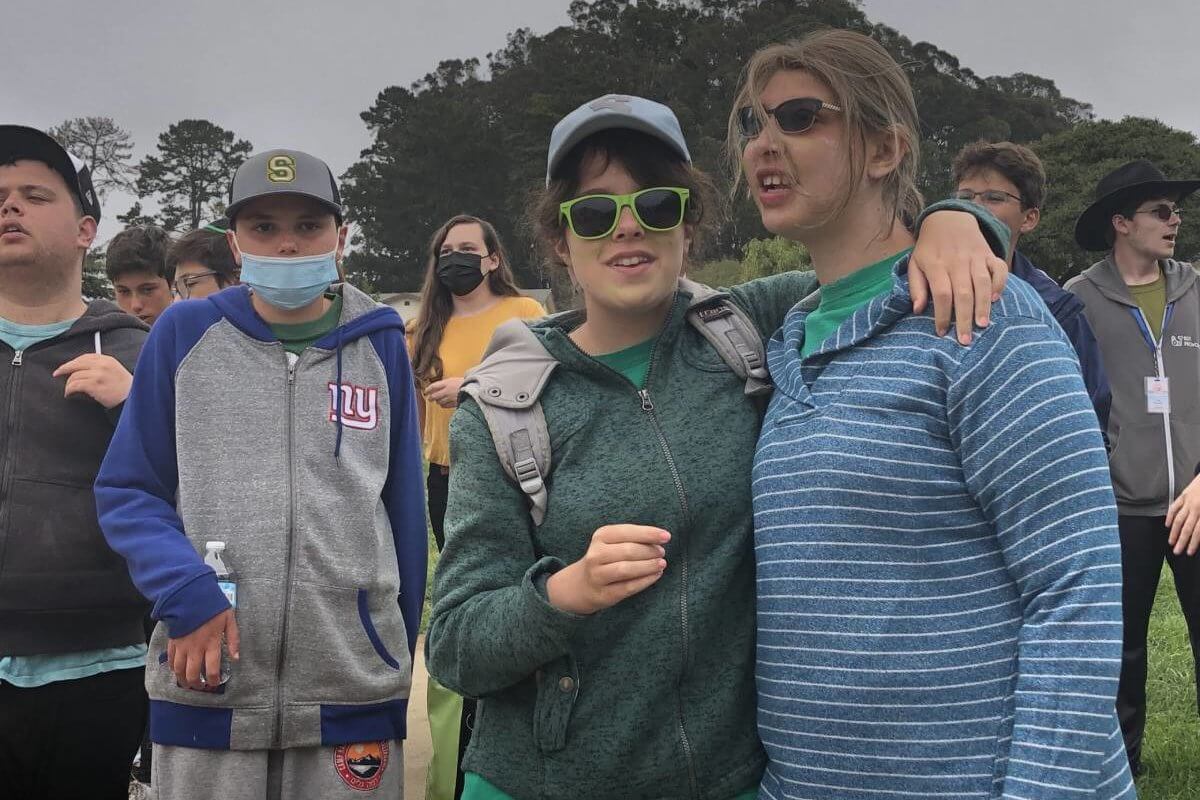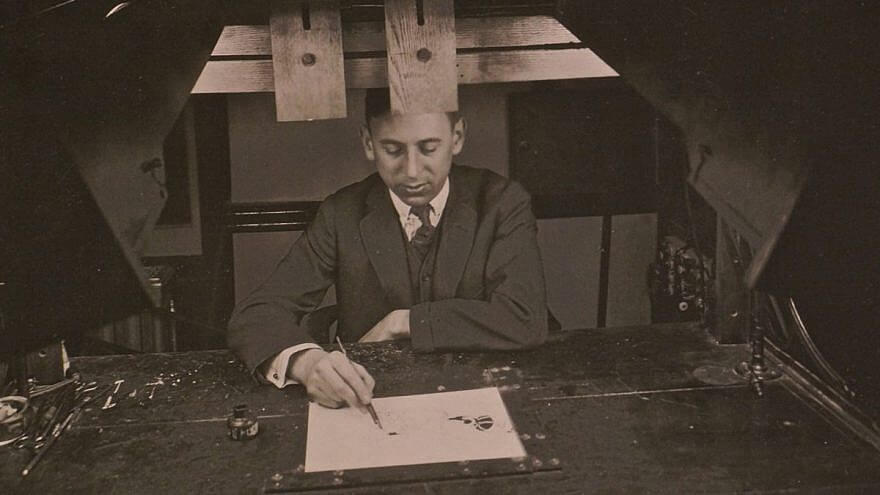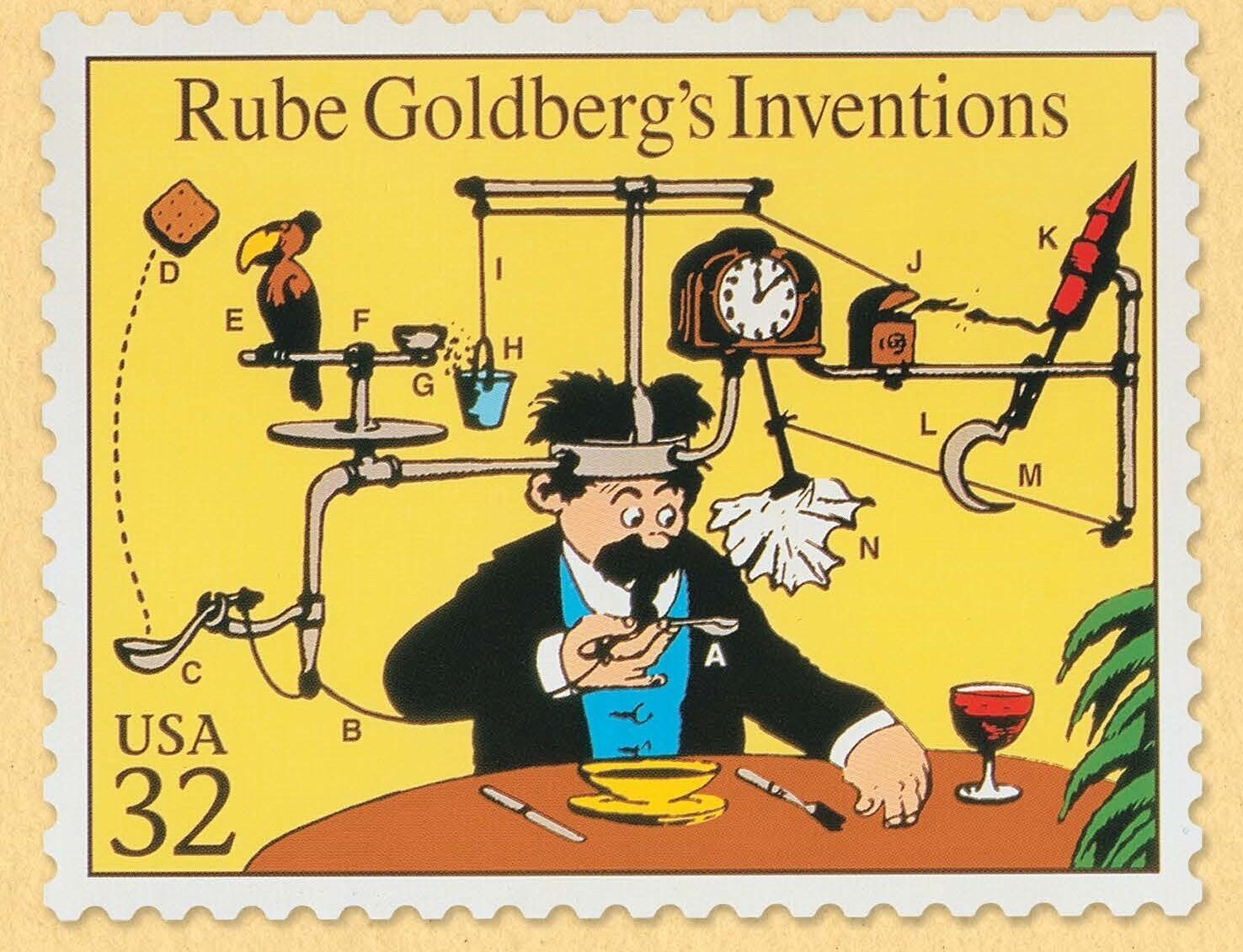Original Article in Jerusalem Post:
SECAUCUS, New Jersey – What a difference 30 years makes in the kosher food business!
When Kosherfest, the first trade show of the kosher food industry was launched in 1989, there were 500 visitors, 69 exhibitors and an estimated 16,000 kosher products on the market. Today, the kosher food industry is a billion-dollar industry which boasts 12% annual growth. Nearly 250,000 kosher certified products bear hashgacha (kosher certification) from 1,500 kosher-certifying agencies around the world.
Kosherfest 2018, a two-day trade show that took place at the Meadowlands Exposition Center in Secaucus, New Jersey, featured food, wine, beverages and industry supply exhibitors from more than 21 countries and many states across the United States, as well as sessions on the latest trends in the kosher food industry. The 7,000 visitors could navigate the show’s eight long aisles with a special downloadable exhibit app, pray morning and afternoon services onsite, and sample dozens of dairy and meat items. Each new product competition award winner, conference session and item on display in the exhibit hall told an important story of the state of the kosher food industry.
Menachem Lubinsky, CEO and President of Lubicom Marketing and Consulting, opened the show with the “State of the Kosher Industry” address, noting, “Thirty years ago, who could have envisioned this?!” He noted the first show displayed five kugels and six types of gefilte fish. “There were twelve kosher cookbooks. Now, there are 140.”
Lubinsky offered observations about the current state of the kosher food industry. “The OU offers kosher certifi cation in 100 countries. Companies have no choice but to have kosher certification – unless they are kosher, they are locked out of the American market – they can’t sell to Coke, Danon, etc. When I go to Trader Joe’s – I am floored – there are so many kosher products! And online shopping is beginning to take off.”
“Kosher consumers are loyal customers and will buy the store,” Lubinsky playfully notes. “We have 52 holidays before our first holiday,” he added, suggesting that kosher consumers buy flowers, prepared foods, baked goods, wine and more each week in observance of the Jewish Sabbath, before even taking in to consideration products purchased for Rosh Hashanah, Passover and other Jewish holidays.
For the second year in a row, Yarden Horwitz was invited to deliver the keynote address on “Strategic Planning Using Valuable Trending Information.” She recently left Google to start Spate (spate.nyc), a company which uses data science to predict the next big trend. She explains that her company “takes machine intelligence and identifies key words to see what is declining and rising.”
As an example, she explains that the top three food trends include keto (high protein, low carb diet), superfoods (foods mostly plant based and rich in nutrients) and bowls (food deconstructed and served in bowls). Horwitz demonstrated what she called “millions of online signals and data points” by noting a huge spike in kosher sales each April, just prior to Passover. Specifically, her company has observed an increase in people searching for “kosher (for Passover) beer.”
Other sessions at Kosherfest included: “Maximizing Your Opportunities in Food Service,” “Newest Trends in Kosher Cuisine,” “Leveraging Technology and Online Grocery in Your Store,” “Using Technology to Upgrade Kashrus Supervision: New Challenges and New Opportunities” and “Building Your Online Presence: Effective Website and Social Media Practices.”
Glass display cases showed the new product award winners given in 16 categories, including Easy Onions by Bloom’s (diced, sautéed onions in a can), which was awarded Best in Show, Snack Delite Fruity Marshmallow Bars (Convenience breakfast), TropicMax All Natural Plantain Croutons (Savory Snack), Meal Mart’s Israeli Style Shwarma Sausage (Packaged Meats) and the ShabBulb, a Shabbat permissible LED bulb (Novelty).
How do we understand the winners and what they suggest about the kosher food industry in 2018? In an interview with The Jerusalem Post, Lubinsky explains, “As you might guess, the change in the kosher community has been nothing short of a revolution. You might say that kosher grew from a food category into an industry. What the winners of the New Product Showcase and indeed the show indicate is the movement towards convenience, especially since there is a new breed of housewife chefs who live by cookbooks and weekly magazine supplements.
“The onions are a good example of using foods that can be incorporated into upscale home food preparation,” he continued. “Another amazing movement is the millennials moving steadily toward healthier foods, seen in almost every category from natural and organic ingredients to healthier portion controlled snacks like veggie snacks. Yes, we are dealing with a much more affluent and younger kosher consumer who is willing to spend on upscale foods but at the same time is looking for healthier foods.”
Paula Shoyer, author of such cook books as The Kosher Baker, The New Passover Menu and The Healthy Jewish Kitchen, does cooking and baking demos across the United States and around the world. She is also a regular attendee at Kosherfest.
“The winners show that more and more every year, kosher people want to eat what everyone else is eating, which explains the popularity of the Korean sauces and the energy drink,” Shoyer said. “Israeli food is big, not just among Jews but in general in the US, so it’s smart to have shwarma sausage, date syrup marinade. Overall, I am happy to see international products among the winners. I am excited about the Korean sauces, which I have samples, and it allows me to create Korean food recipes for the kosher audience and not have to make everything from scratch, such as my tofu bibibop recipe in The Healthy Jewish Kitchen. I also love high quality pitted olives because I like shortcuts that do not involve packaged products.”
Yakov Yarmove, corporate director of ethnic marketing and specialty foods at Albertsons Companies, adds, “historically, we have migrated to national, non-kosher trends 30 years late. Now, Gen Z and millennials want it quicker. They work in the professional world and see it and want it. They want to know how they can do it as kosher. This is no longer your grandmother’s kosher!”
A walk through the aisles of Kosherfest reveals just how right Yarmove is. While old favorites like hot dogs, gefilte fish and deli slices are still available for the sampling and might be familiar to the generation of grandparents, there are many new and unique items which just may soon make it to the shelves of local supermarket chains and specialty stores.
The Rebbe’s Choice Herring offers a twist on the classic herring. Each flavor – including Jalapeño Matjes, Honey Mustard Sriracha, Smokey Zaatar and three others are “inspired” by such rabbis as Lelov, Kotzk, Reb Zusha and Rav Levi Yitzchak of Berditchev.
Jem’s Beer Factory, produced in Petah Tikvah, has been in the United States for two months. Eight flavors include berry ale, wheat and an IPA. Their brochure notes, “For me, brewing beer…serves as a catalyst for bringing people together and celebrate life, while contributing to the development of the beer culture in Israel and the realization of my personal Zionist dream.” Dagim Fish Co. has expanded to include zucchini fritters, mushroom fritters, pretzels and waffles.
Several curious women passed the Wandering Que and asked, “What is that?” When they realized they were giving out samples of smoked meat, one remarked, “I’m not becoming fleishig yet.” Signs throughout the exhibit hall warned visitors that both dairy and meat products were on display. Brian’s five flavors of calzones are “certified vegetarian.” Some of David’s Cookies are now pareve. Bongja Ziporah Rothkopf, CEO of KOKO Kosher Korean, which makes Gochujang red pepper paste, kosher kimchi and other Korean products, is excited to soon open a Korean Kosher restaurant in Jerusalem.
Vered Ben-Sa’adon, marketing and visitors center manager for Tura Estate Winery in Rechelim (Samaria), Israel, proudly points out, “There are not many religious women working in wineries!” A few booths away, Shay Fishbein, an engineer and teacher by training and his wife, explain how they began using the abundance of passion fruit plants on their moshav, Ein Iron (between Tel Aviv and Haifa) to bottle passion fruit liquor for family and friends. They now bottle and sell 15,000 bottles of Flora per year.
Perhaps the two exhibitors who traveled the furthest distance came from Sri Lanka and Malaysia. Audrey Peiris of PS Kosher Food Works in Sri Lanka explains that Sri Lanka exports coconuts, tea and spices. Peiris and Malaysian colleague, Mrs. Kalsaba, director of Bhavani Foods, maker of Uncle Saba’s Popadams (sitting at the next table), explain that they both learned about kosher when approached several years ago by the Star-K kosher certifying agency. They have been under their supervision ever since.
Christine Salmon, Kosherfest Show Director, proudly sums up the show and the kosher food industry.
“Some people don’t realize how diverse the kosher industry is today,” Salmon said. “Our exhibitors are showcasing some of the most innovative products in the world, and we are proud to provide a platform to introduce these products to the marketplace and connect professional kosher buyers and sellers to help move the industry forward. It’s incredible.”




